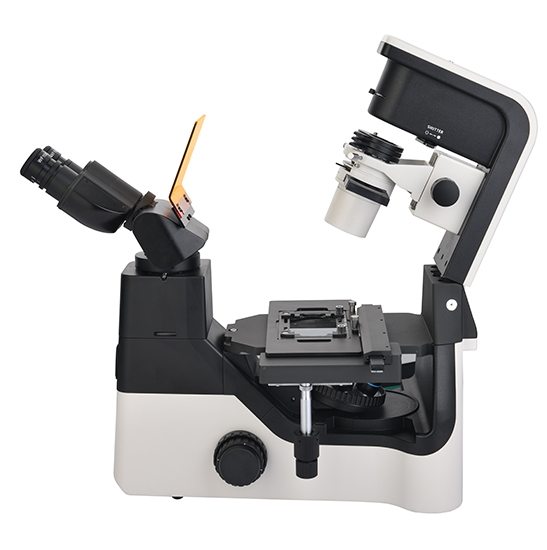education
Showing the single result
Showing the single result
Education plays a vital role in introducing students to the fascinating world of biology and microscopy. Biological and stereo microscopes are commonly used in educational settings, including primary schools, middle schools, and universities, to facilitate biological teaching and pathological studies. These microscopes provide students with hands-on experience and enable them to observe and study various biological specimens.
In educational institutions, biological microscopes are utilized to explore the microscopic world, allowing students to observe cells, tissues, microorganisms, and other biological samples. Students can learn about the structure and function of different organisms and gain a deeper understanding of biological concepts. Biological microscopes are essential tools in biology laboratories and classrooms, fostering scientific inquiry, critical thinking, and practical skills.
Stereo microscopes, also known as dissecting microscopes, are widely used for educational purposes. They offer low magnification and a three-dimensional view, making them ideal for examining larger specimens, such as insects, plants, and small organisms. Stereo microscopes are particularly useful in biology classes, where students can perform dissections, examine live specimens, and explore the intricate details of biological structures.
In addition to formal educational settings, microscopes, including biological and stereo microscopes, can also be used as educational toys for children to explore the wonders of nature. They can inspire curiosity, promote scientific exploration, and cultivate a love for the natural world from an early age.
Furthermore, wireless digital interactive laboratory solutions are emerging as valuable tools to enhance teaching efficiency. These interactive teaching systems utilize wireless connectivity, digital imaging, and user-friendly interfaces to facilitate engaging and interactive microscopy lessons. The system allows for easy sharing of images and videos, enabling teachers to effectively communicate complex concepts and capture students’ attention. Such technology-enhanced solutions can provide a dynamic learning experience and promote active student participation.
By incorporating microscopy into the educational curriculum and utilizing interactive teaching systems, students can develop a deeper appreciation for the natural world, gain practical skills in microscopy techniques, and cultivate a scientific mindset that can inspire further exploration and study in the field of biology.

